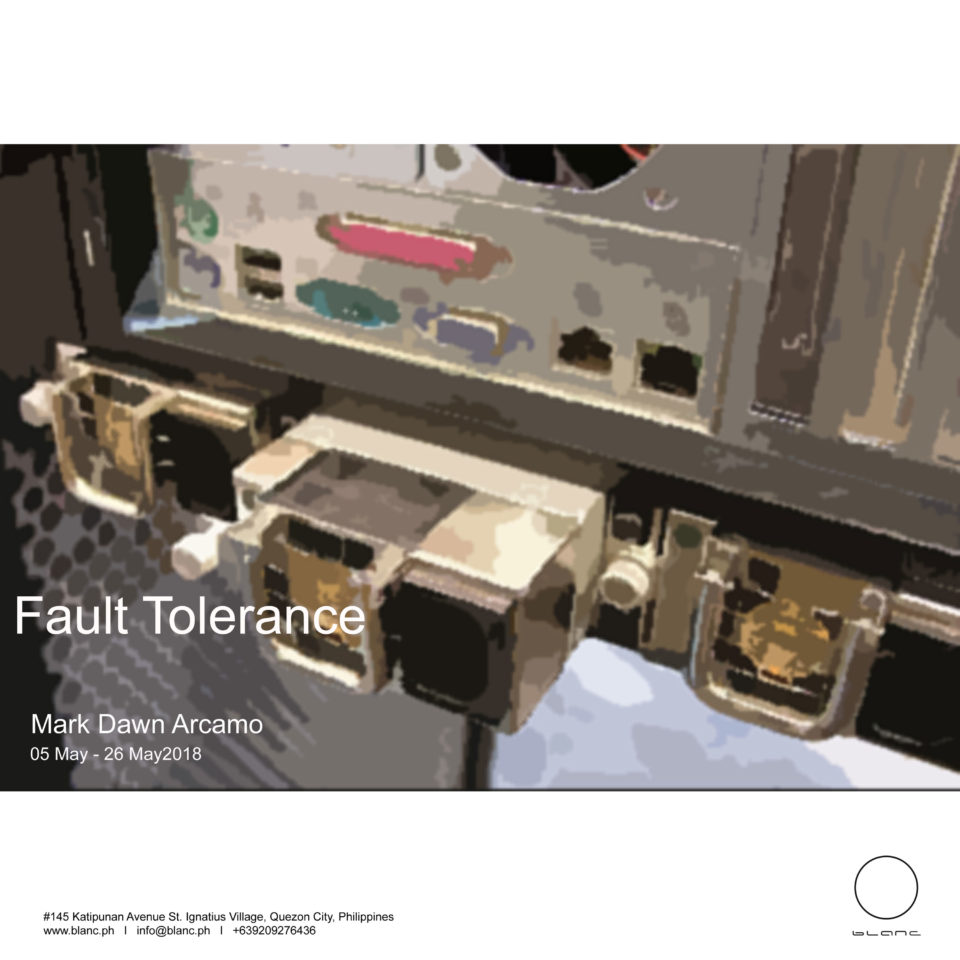
Which structures of the human society are more fault tolerant?
Fault Tolerance – Measure of Strength and Stability
In any structure that is natural or designed or abstractly constructed, its capacity to continue or not to continue to function with a glitch is called fault tolerance capacity. Structures that are well designed and built with high degrees of complexities of orders have a very high fault tolerance capacity while those which are weak or made naively and with no complexities have less or no fault tolerance capacity and a simple glitch in a single part will completely stop the system to function and therefore are more sensitive to new things and hence require constant presence of force or any other agent that blocks and keeps anything new at bay.
These properties are also known in sciences and mathematics in which a very highly structured system has more capabilities and resources to describe and represent properties or behaviours, create more relations within and solve problems that arise in the structure, keeping the structure or system more stable and to some extent open to any type of perturbations that may occur or introduction of a new thing into the system.
The same principles hold in socio-economic, cultural and political structures of societies. These structures or systems in which societies manage their daily lives are based on relations they make among citizenry and between citizens and governments who make decisions on their behalf. As rich people and governments control resources, set policies and make decisions, their actions directly or indirectly affect the livelihood of citizens for good or for bad, for now and for the future to come.
Which structures of the human society are more fault tolerant and which ones are not? What do you think are the reasons of the strength and the reasons of weaknesses to be less fault tolerant?
Works
Documentation












